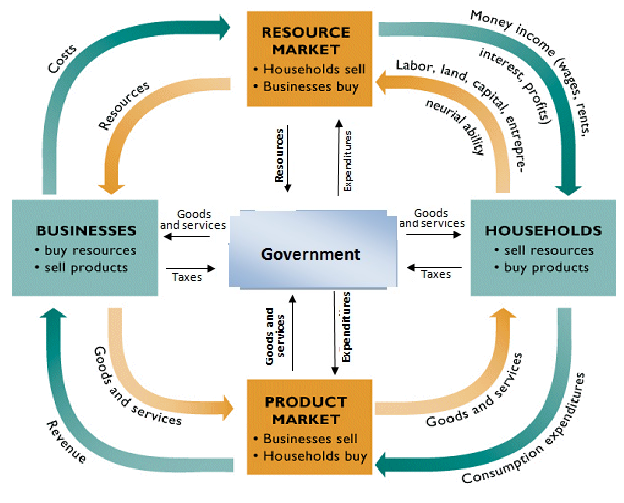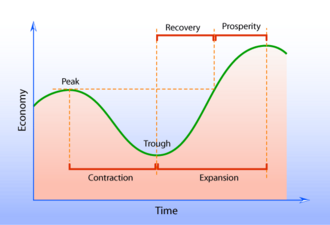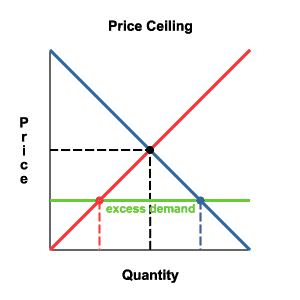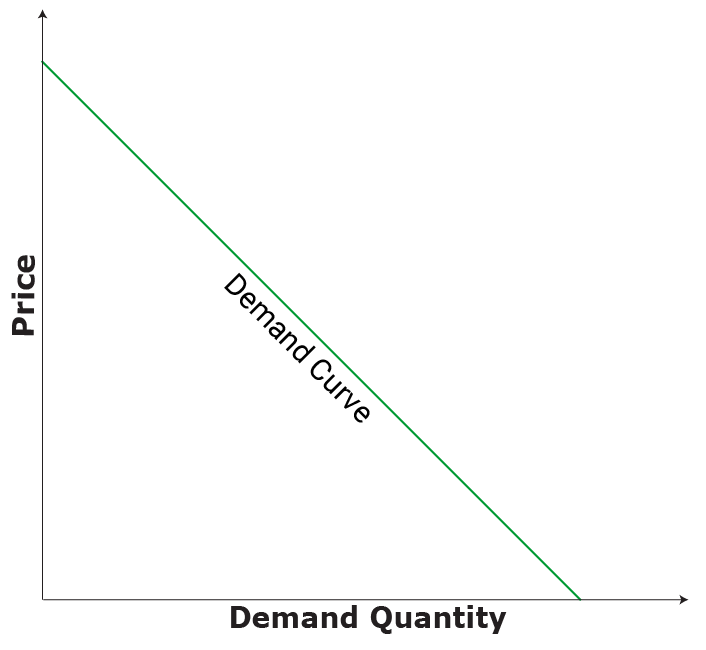GDP - most important measure of growth.
- Production within that year
- National Income Accounting - statistics that Economists collect on production, income, investment, and savings
- gross = total before adding taxes
GDP :
- Total dollar value of all final goods and services produced within a country's borders within a given year
- What is not included in GDP?
- Intermediate goods
- no multiple counting
- only counts for final goods
- Secondhand or Used Goods
- if bought from someone else
- already counted for the year it was made
- Non-market Activity
- illegal drugs
- babysitting
- volunteering
- unpaid position, doesn't count
- Financial Transaction
- Gifts or Transfer Papers
- social security
- scholarships
- What is included in GDP?
- C - Consumption
- 67% of economy
- all finished goods and services
- Ig - Gross Private Domestic Investment
- new factory equipment
- new housing
- new factory equipment maintenance
- unsold inventory of production built in a year
- G - Government Spending
- government purchase of goods and services
- Xn - Net Exports
- Exports - Imports (minus)
- Expenditure Approach -
- C + Ig +G + Xn =GDP
- add up market value of all domestic expenditures made on final goods and services in a single year
Proof of GDP is found in receipts, GDP is more reliable than GNP.
Gross National Product (GNP) :
- total value of all final goods and services by citizens of that country on its land or on foreign land
- ex: Nike's, made by foreigners and sold somewhere else
- Income Approach -
- GDP = W + R + I + P + Statistical Adjustments
- W = wages
- compensation of employees, salary supplements
- ex: pension (retirement), health, insurance, welfare)
- R = rents
- tenents to landlord
- lease payment by a corporation for use of space
- I = interest
- money paid by private businesses to the suppliers of loans used to purchase capital
- P = profits, corporation profit
- Corporation income taxes could show up as dividends, or undistributed corporation profits
- add up all of the income earned by households and firms in a single year
- this is what you report
- is based on what you say
- not reliable







